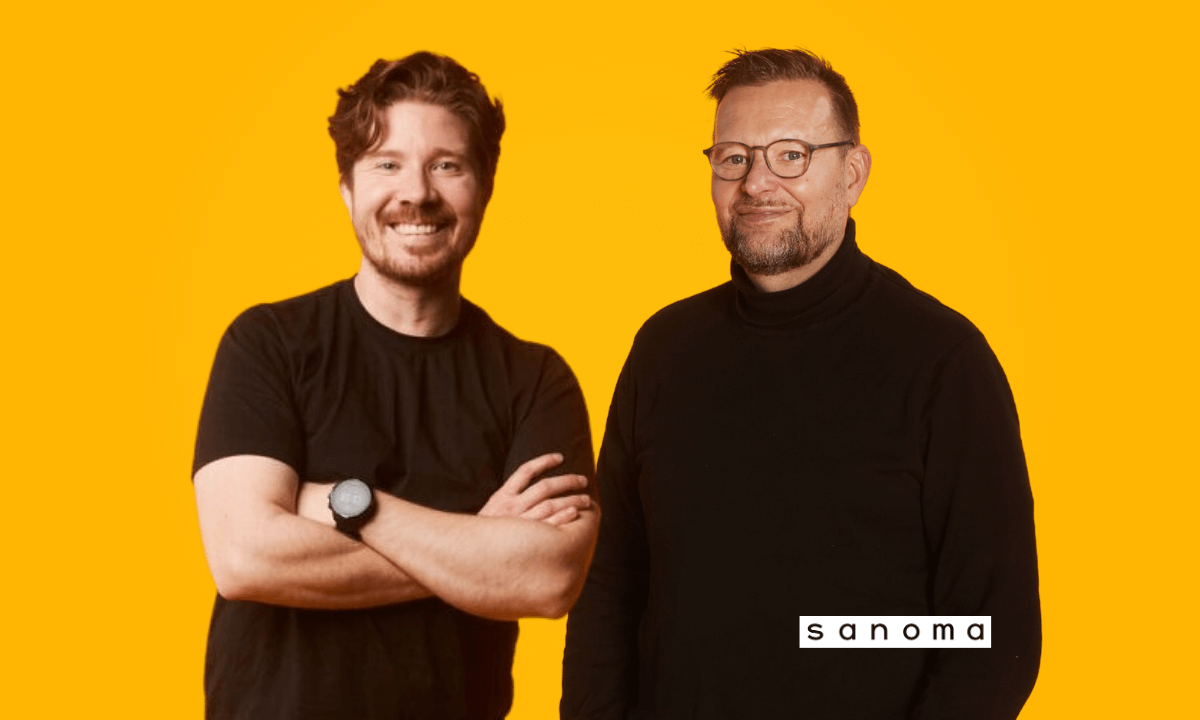Native advertising is a powerful brand awareness builder
Read the article below or click here to read it in a real native environment.
3 expert tips for effective native content
Native advertising in a trusted medium is a cost-effective way to invest in long-term awareness. As its goals reach beyond one moment or campaign, the best results come from giving the ad plenty of time and thought.
“If you are in a hurry and need immediate conversion, another type of advertising will work better,” says Client Manager Olavi Kajantie from Sanoma.
The broader format of an article or video presents a chance to dive deep – something banner advertising simply doesn’t lend itself to. It gives you space to introduce factors that set your business apart from your competition.
“Native advertising is the place to show the values or strategy of your business or talk about the environmental impact of your products. It’s a long-term solution in today’s fast media environment,” explains Sanoma’s Client Manager Sebastian Wikman.
Keep your eyes on the reading time
The benefit of native advertising lies in the time readers spend with the content – so obsessing over clicks is not the way to go. Native articles published in Sanoma’s media have a reading time of just over a minute on mobile and a couple of minutes on desktop on average.
“That’s a long time to spend on branded content. Even if the reader hasn’t previously heard of your brand, after a minute or two of reading, they will know what you are about,” says Kajantie.
Native advertising mostly stirs positive emotions; it doesn’t feel intrusive or distracting among other content.
Native advertising mostly stirs positive emotions; it doesn’t feel intrusive or distracting among other content. In Ilta-Sanomat, a native article reaches 25 000 readers on average.
Labelling the article as advertising has nothing but advantages.
“In Finland, paid content is clearly distinguished from journalistic content, so the reader knows what they’ll get. It’s honest and transparent,” says Sales Manager Siiri Medina from Sanoma.
Set out to serve the reader
Content is king even in native advertising. Commercial or not, an article needs to provide the reader with information that is valuable in itself. A native article can latch onto the reader’s emotions and challenges in a way that puts the product in the context of their everyday life.
“An insurance company, for example, could discuss sense of security. Instead of talking about the insurance, they could consider preparedness and how to build security. What will you do if something happens to your loved one or your home suffers water damage?” Kajantie demonstrates.
Authenticity is key here. Praise and superlatives need to be backed up by evidence, and amusing anecdotes must be real-life ones. The reader is quick to realise when they are simply being sold to.
Secure attention with top-notch content production
To get the all-important reading minutes, a native article first needs to stop the reader’s thumb in the constantly updating news feed. This places the headline and lead in a key role. A well-structured piece of content or a listicle helps the reader anticipate the time they will have to set aside for reading.
Data shows that the reading time of native advertising published in Sanoma’s media is 30 per cent better if the article is produced by Sanoma’s own content producers. On top of finding an interesting angle to the topic, the writer must know what the reader expects of the media environment in which they’ll come across the article.
The new Content Studio makes Sanoma a one-stop shop for media as well as content production.
The new Content Studio makes Sanoma a one-stop shop for media as well as content production.
“Instead of producing single articles, we wish to consistently tell our customers’ stories. Having the same people on board for a long time keeps the quality high,” Kajantie says.
Choose a trusted medium with the reach you need
A native article makes use of the media environment, its values, and the existing interest of readers. The impact of a trusted medium extends itself to the advertised brand, product, or service.
Finnish media is well suited for native advertising: the Finns’ trust in domestic media is strong, and media consumption is less fragmented than in many other countries. A company that advertises in a big Finnish medium will reach the masses in an environment that celebrates high quality journalism and tailors its topics for the Finnish taste.
“Sanoma has the largest reach in Finland, and we have options from Helsingin Sanomat, a valued news medium, to the lighter Ilta-Sanomat. Sections such as Culture or Sports give you access to smaller target audiences”, Siiri Medina shares.
Evolve to stand out from the crowd
There are no signs of native advertising going out of style any time soon – on the contrary, it’s growing in popularity. The next step is how to create content that doesn’t get lost in the crowd.
“I recommend trying out rich media, video, even games. A quiz, for example, also produces data that can be used later. These may be ways to stand out in the future,” states Sebastian Wikman.
Tips
Three tips for successful native advertising
- Instead of hunting for clicks, focus on offering the reader new information. Reading time is the most important metric of native advertising, which is why the article must be interesting, useful, and well structured.
- Choose a medium that fits your topic and reaches your audience. The reader has different expectations for a news medium than a more entertainment-focused environment, so find the right match for your article. Sanoma has ample options and a wide reach, and smaller target audiences can be found under different sections.
- Invest time in planning and content production. When your goal is lasting brand awareness, there is no hurry. Meticulous thinking and skillful content production show up in reading times. Make use of content producers who know the medium and your target audience.
Read the article in a real native environment >
Further Reading
Subscribe to our Newsletter
By submitting your email you agree that we may send you promotional emails and information about our services. You can unsubscribe any time. Check out our Privacy Policy.







